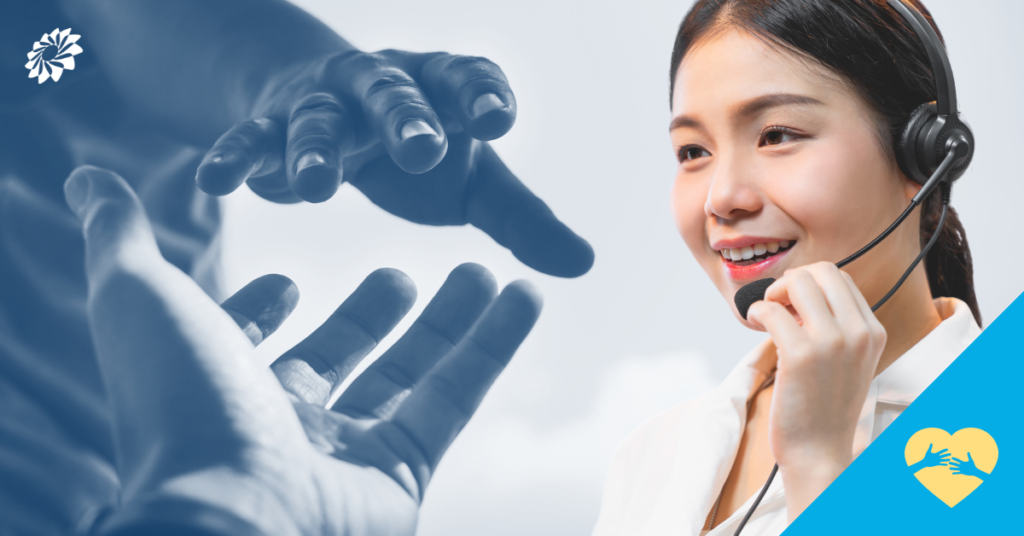Deploying A BPO Disaster Recovery Plan Built for Your Business
“Hope” is not a plan to mitigate inevitable risk!
By Randy Rollins , VP of Information Technology, Transparent BPO

A well-worn mantra circulates throughout information technology circles: “it’s not a matter of if something will go wrong, it’s a matter of when something will go wrong.”
Something will inevitably go awry with your IT systems and infrastructure. That’s why so many IT leaders adopt another well-worn idiom: “you hope for the best but plan for the worst.”
To prepare for the worst-case scenarios, business leaders have proven options to mitigate their risk when working with their outsourced contact center partners. One option for their disaster recovery plan is to work with multiple partners to support your program from several geographies or markets.
This approach spreads out your risk – literally and physically – in different countries or regions. This approach reasonably assumes that resources supporting your partners like the energy grid or internet provider will not be duplicated from one market to another. This spreads out your exposure so a natural threat like a hurricane or typhoon will not knock out service to your entire program.
The more separation you have in your contact centers, the better. The actual distance separating the facilities depends on several factors – if you’re based in one country, you want to ensure there are different weather patterns or alternative electrical infrastructure in each area. For this reason alone, companies work with multiple BPO outsourcers in various countries to spread their risk.
Your second option is to work with one provider who has facilities in several countries. You benefit from the same advantages as the first option but by working with one provider, you gain an additional level of trust and efficiency in your relationship. If you have to engage your business recovery plan and move support from one market to another, you can rely on one touch point with your provider to ensure a smooth transition for your customers.
Your single provider knows your program intimately and you only have to manage the disaster recovery protocols of one BPO rather than navigating the procedures of two or more companies. A switch over to another market should be seamless and your customers should never know that one of the facilities supporting you is managing a natural or manmade disaster.
A key component of both disaster recovery options is to ensure program redundancy. Deploying multiple internet and network connections gives you – and your provider – the capability to reroute calls and service at a moment’s notice. The options can vary from private trunk lines where agents can access your network or the open internet.
“You can’t implement a disaster recovery or crisis management plan if you don’t have one. Work with your BPO partner to have a plan that fits your business.”
Randy Rollins, VP of Information Technology at Transparent BPO
The bottom line to mitigating your risk with your outsourced contact center is to have a disaster recovery plan. There are countless considerations when selecting a BPO partner – from recruiting to training to seasonal ramps – but simply having a plan is critical to your business. You can’t implement a disaster recovery or crisis management plan if you don’t have one. Work with your BPO partner to have a plan that fits your business, including:
- Outlining the various events that can disrupt your business. This can vary from natural disasters such as hurricanes to manmade disruptions, like political instability.
- Once you know the obstacles, determine the methods to mitigate those threats.
- Institute the measures to normalize your business when you have to deploy your disaster recovery plan.
- Determine who has to be involved from leadership to operations. Everyone should know their role and the responsibilities of everyone impacted by the disruption.
- Practice your plan. In ‘Blink: The Power of Thinking Without Thinking,’ the best-selling author, Malcolm Gladwell investigates the responses of police and citizens to emergencies and high-stress situations. While repetitive training helped police better respond by normalizing stressful scenarios, citizens should practice the most basic emergency responses, such as dialing 911.
Gladwell’s work found that critical time was lost in emergencies when people couldn’t simply dial 911 because their heart rates raced to a level where they couldn’t cognitively function. Standing up a disaster recovery function may not be as stressful as dialing 911 in an emergency, but practicing will help ensure a smooth transition to the plan.
Because, it’s not a matter of ‘if’ you’ll have an issue, it’s a matter of ‘when.’